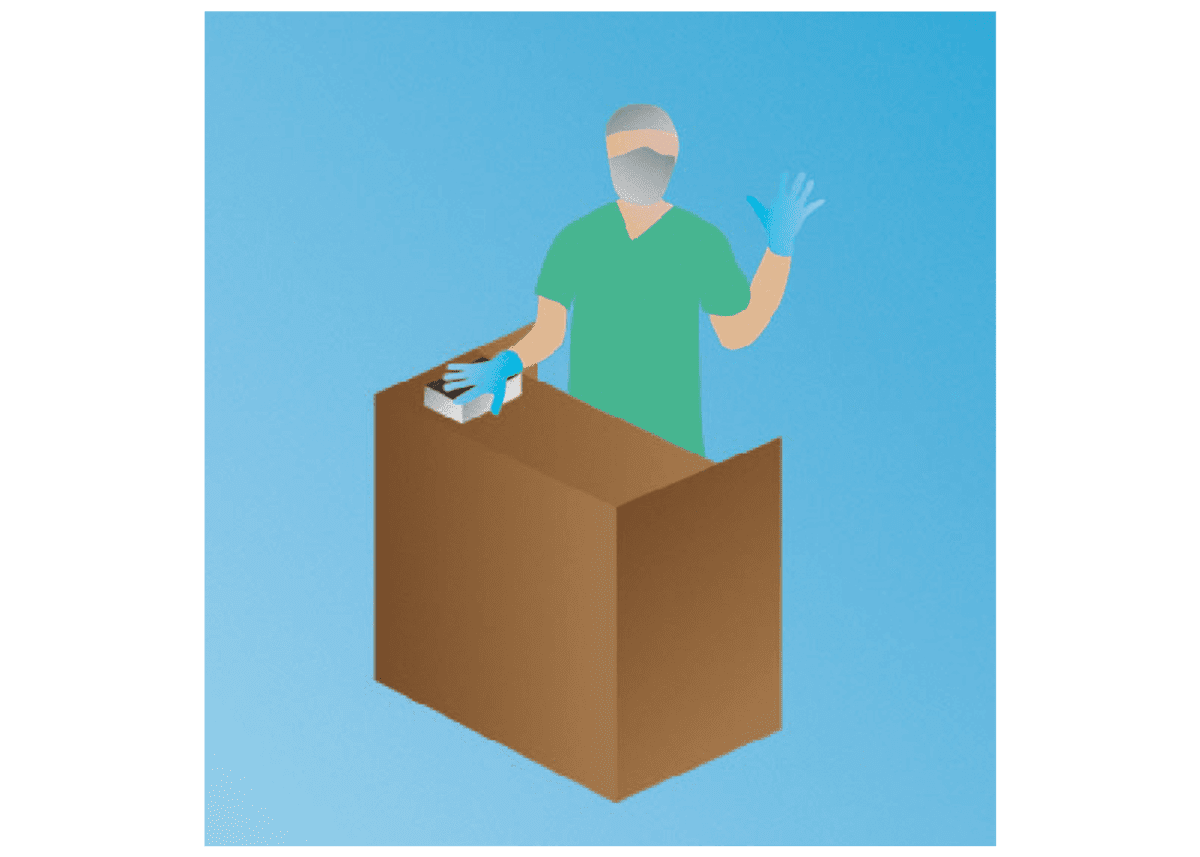Professor Thomas Faunce of the Australian National University pioneered a cross-disciplinary opportunity for medical students to partner with health law students. The activity culminated in a mock trial at the ACT Supreme Court before a bench comprising of Justice Michael Elkaim and Professor Thomas Faunce. Here, law students put their expert witnesses on the stand for direct and cross-examination. The medical students acted as expert witnesses to explain both the medical facts of the case and their characters’ opinions on the issue to a lay jury.
Global change is reflected in every sphere of society. Intersections between environmental, technological and social challenges are becoming increasingly more complex and unpredictable. Preparing students to adapt to these novel situations involves using intricate and interdisciplinary thinking. Addressing these issues requires consideration of the compounding and interacting factors, and there is an increasing need for graduates to integrate perspectives from outside their area of expertise. However, traditional models of university education are inherently siloed. Students in different faculties rarely interact with one another in an academic context.
Law and medicine are two of the most conservative colleges; both curricula have deep roots in tradition. Additionally, law and medical students are often isolated from the rest of the university, as course structure excludes students from other disciplines. This means that the student experience can be insular, not preparing students for the diverse careers ahead. From the outside, law and medical degrees seem to attract vastly different students, but there is an overlap. This is both in terms of content (bioethics, for example) and in the professions to which each degree leads. Specifically, both fields require professionals to analyse and synthesise information while interacting with clients or patients. Although both curricula involve problem-based and collaborative learning components, these experiences rarely involve branching out of each respective faculty.
Medical practice today involves a plethora of legal rules. More importantly, good patient-centred care requires physicians to act in accordance to ethical, legal, and human rights models. As such, there is an increased necessity for medical professionals to be legally literate. Although medical school curricula often contain a legal component, law students and medical students rarely interact with one another. Medical students frequently report difficulty engaging with law and humanities subjects in favour of the more ‘high yield’ hard science subjects:
“As part of our registration we are taught all these cases and law concepts. It is difficult to make connections with science and clinical skills, and often these concepts are lost in favour of higher priority subjects.” –Halim Francis (medical student).
For many there exists a deficit between the teaching of important law concepts and the visible applications of those concepts: “I found the experience highly engaging. Being able to witness the case as a juror gave me an applied understanding of how medical negligence cases are handled legally.”
For both faculties, the moot experience offered its participants a rare insight into the ways in which the other operated, as well as an opportunity to apply their own medical and legal knowledge to solve a problem. Many medical students in particular reported that the exercise was important for them to recognise and engage with the real-world applications of the legal theory that they had previously been taught.
Medicine and law are indeed conservative colleges. Nevertheless, graduates are not immune to the challenges of the dynamic modern career landscape. Reshaping university thinking and finding creative ways to motivate students to engage with broader communities is fundamental to producing well-rounded and career-ready students. Such an outcome would also greatly benefit healthcare and community engagement in both professions.
In memory of Professor Thomas Allured Faunce BA LLB (Hons) (ANU), BMed (Newcastle), PhD (ANU). A passionate teacher and advocate for his students at the ANU College of Law (Bioethics, Health Law and Human Rights) and the Medical School. Professor Faunce was a leader in interdisciplinary teaching and will be sincerely missed by his students and the broader ANU community.
We acknowledge the Ngunnawal and Ngambri people, who are the Traditional Custodians of the land on which Woroni, Woroni Radio and Woroni TV are created, edited, published, printed and distributed. We pay our respects to Elders past and present. We acknowledge that the name Woroni was taken from the Wadi Wadi Nation without permission, and we are striving to do better for future reconciliation.
